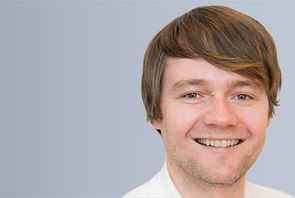Digital Twin Lab
The highly accurate measurement of reality enables the creation of digital twins for diverse simulation tasks and the ongoing monitoring of land, space and infrastructure.

We have been involved in the research field of spatial digital twins for decades. Methods of remote sensing and automatic image analysis enable the creation of highly accurate 3D models of the real world. A key area of application here is the generation of UHDmaps® (ultra-high definition maps) for the simulation and testing of automated driving functions. Cooperation partners and corporate customers successfully use these operationally as a reference for test drives and for the simulation of automated vehicles in validation projects.
For the consistent further development of the strengths built up so far in the research field of digital twins and expansion of the application fields from automated driving to all types of autonomous systems that will significantly shape the digitalised future of mobility, health and care, production, agriculture and safety, DIGITAL is building a Digital Twin Lab in Lakeside Park Klagenfurt.
Research focus:
- Mobile mapping in the air, on the road and in the field.
- Gapless 3D models without shadowing by objects in the environment
- Automation of model creation
- Automatic annotation of models with object recognition
- Continuous updates of the 3D models
Learn more about our Digital Twin Lab infrastructure!
The province of Carinthia is financing the first set-up phase of the research area at the new location with one million euros.
A single sensor system can only scan its environment from a specific perspective, resulting in partially incomplete digital images due to occlusions. This is problematic in numerous applications, resulting in an urgent need for largely complete digital twins that fully map the environment and enable much broader simulation tasks. JOANNEUM RESEARCH DIGITAL is already working with a unique combination of images taken with different sensor systems from a wide range of perspectives and methods for data fusion.
These almost gapless digital 3D images of real areas can perceive the smallest details and make them available for realistic simulation and testing. The evaluation of the data is currently carried out using semi-automatic methods which are continuously being expanded and improved on the basis of many years of expertise at JOANNEUM RESEARCH and in collaboration with Graz University of Technology.






